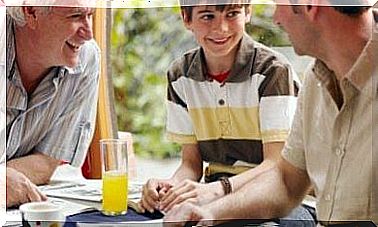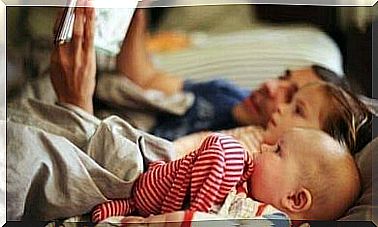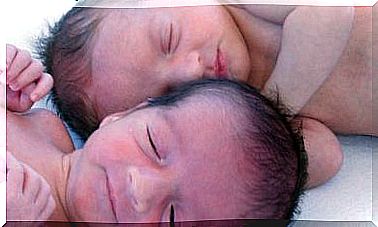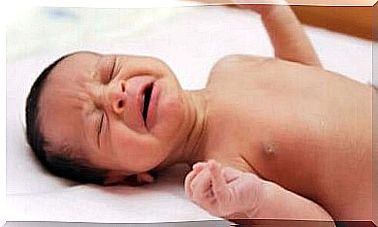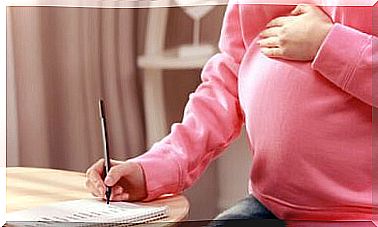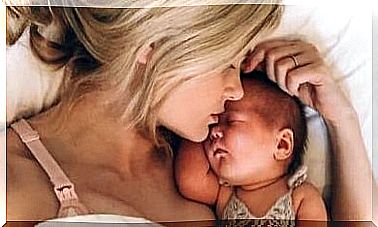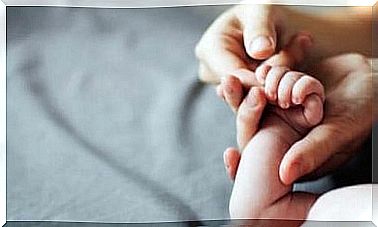Test To Evaluate Your Baby’s Motor Skills From Month To Month
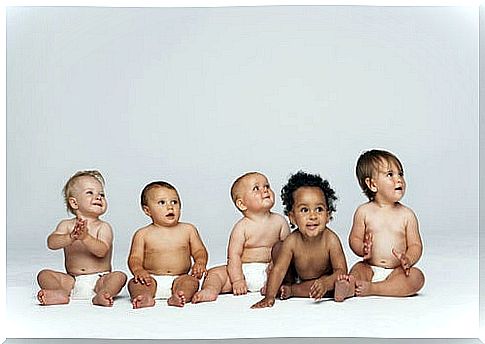
If you’re starting out as a mom, it’s important that you know how to assess your baby’s motor skills each month . Normally this is done by the pediatrician during monthly checkups, sometimes so quickly that we don’t even realize it.
If we document ourselves, we can present ourselves well prepared for pediatric visits, asking specific questions about the motor development of our little one and providing the specialist with invaluable information.
With this knowledge we can carry out motor skills tests at home and if we notice that something is wrong we can solve it with some exercises or massages.
Generally, with some specific exercise, activity or games as the case may be, we can correct any mismatch. Sometimes even stimulating or motivating the child could solve any problem.
All babies are different, even in twin pregnancies, so there is nothing to worry about. Premature babies, or those who have been in ICU or intermediate care at birth, develop a little slower, but this is also not a cause for concern.
Here is a motor skills test we can do for our baby during the first 6 months of life.

The motor skills of a newborn baby
- When he is lying on his stomach, his arms and legs tend to be bent.
- He does some involuntary movements with his legs and arms.
- He can rotate the head but does not have the strength to lift it. When lifting it without holding its head, it may fall to one side.
1 month
- Bend your arms and legs when lying on your stomach.
- When lying on his stomach he can raise his head for short moments; when you lift it, the head may still fall to the side or back.
- The little hands remain closed most of the time. If you bring an object or a finger on your hand closer, it opens and closes them again: this movement is known as a pressure reflex.
- On some occasions, he may smile and show a little more interest in the things and sounds around him. He may turn his head to try to spot them.
2 months
- When the baby is awake, he continuously bends his legs and arms.
- You will notice that every day he makes more movements.
- When he is lying on his stomach, he tries to lift his head for a few moments.
3 months
- If you support him, he can keep himself sitting in a slightly more stable position.
- It supports itself for a long time on the forearms when it is belly down and keeps its head up for several minutes.
- Play with your little hands looking at them all the time.
- When you lift him, he can rest his feet on a surface but keeps his knees bent.
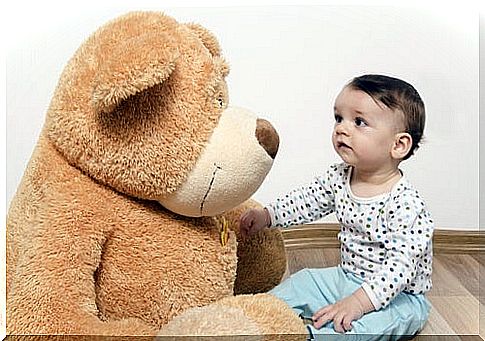
4 months
- Perfect the movements of the previous month and can already lift the head and part of the trunk for a longer time when on his stomach.
- If there is a nearby surface, it pushes itself to lean and can make its first rotations.
- On a flat surface, it rests with the entire sole of the foot.
- The baby is much stronger, you can take his little hands and help him push his body to sit down.
5 months
- The baby is able to lift his torso completely and support himself a little more when he is on his stomach.
- He can turn around and change positions quickly.
- He makes movements with his feet as if he were cycling.
- He actively participates when you help him sit down.
- Taking him by the armpits and arms, he forces himself to stand up and place his feet on the nearest surface.
6 months
- The child rests on his hands.
- Spin around in search of an object or toy.
- Play with his feet.
- Supported by the armpits, he stands upright and also tries to make small jumps.
- He remains seated for only a few moments.
If we notice a situation really outside these parameters, for our peace of mind we can contact the pediatrician to examine the child’s motor skills without waiting for the check-up.
